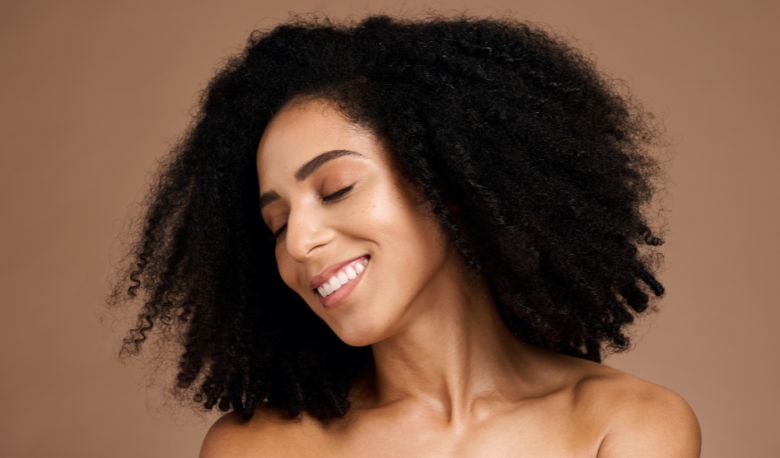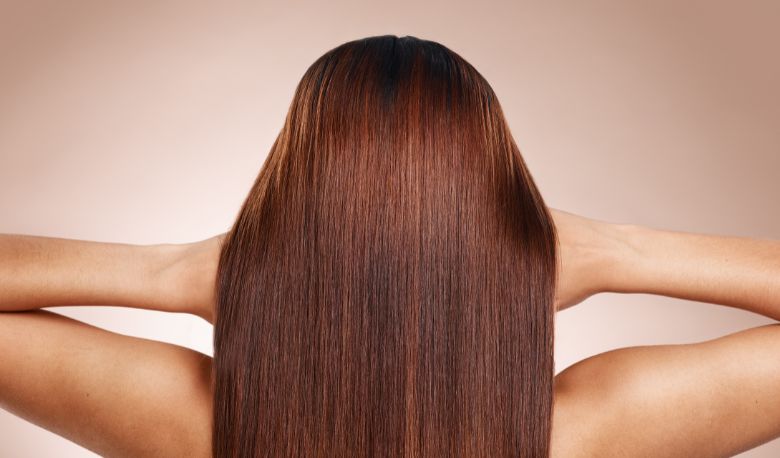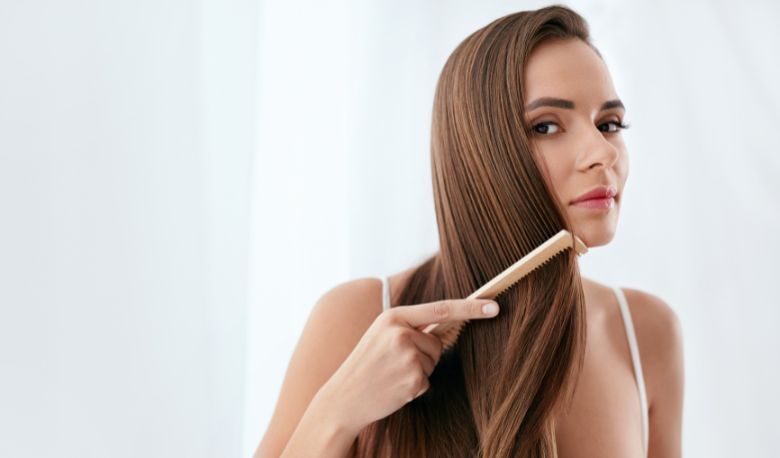Have you ever looked at a model in a magazine and wondered, “Is my hair shoulder-length, or a bit longer?” Or perhaps you’re on a hair growth journey, curious about how much progress you’re making. That’s where hair length charts come in! These visual guides help us understand hair lengths, give us language to describe what we want at the salon, and track our progress toward those luscious long locks.
| Hair Length Name | Description | Typical Length (Inches/Centimeters) |
|---|---|---|
| Bald | No hair or shaved head. | 0 |
| Buzz Cut | Very short haircut with clippers. | 1/4” – 1/2” (0.6 – 1.3 cm) |
| Short | Tight sides with more length on top. | 1/2” – 2” (1.3 – 5 cm) |
| Ear Length | Hair reaches the earlobes. | 2” – 4” (5 – 10 cm) |
| Chin Length | Hair that comes down to the chin. | 4” – 6” (10 – 15 cm) |
| Shoulder Length | Hair that just touches the shoulders. | 6” – 8” (15 – 20 cm) |
| Armpit Length | Hair length that reaches the armpit. | 8” – 12” (20 – 30 cm) |
| Mid-Back Length | Hair reaches the middle of the back. | 12” – 18” (30 – 45 cm) |
| Waist Length | Hair that extends down to the waist. | 18” – 24” (45 – 60 cm) |
| Hip Length | Hair that reaches the hips. | 24” – 28” (60 – 71 cm) |
| Tailbone Length | Hair reaches the tailbone. | 28” – 32” (71 – 81 cm) |
| Classic Length | Hair length that extends just past the hips | 32” – 36” (81 – 91 cm) |
| Thigh Length | Hair that reaches the thighs. | 36” + (91 cm +) |
This chart gives a broad overview, but remember, hair growth and lengths can vary greatly depending on the individual’s hair type and genetics.
Decoding the Hair Length Chart
Hair length charts offer a visual language to help you pinpoint where you are in your hair journey and understand what different cuts and styles might look like on you. Let’s break down the most common terms you’ll find:
- Ear Length Think of a super short, pixie-style cut where your hair just brushes the tops of your ears. It’s a bold and fresh look.
- Chin Length This classic style frames your face, with the hair ending just around your chin. Picture those timeless, chic bobs!
- Shoulder Length This versatile length works with so many hair types and face shapes. Your hair falls at or just a bit below your shoulders.
- Armpit Length (APL) Reaching armpit length is a thrilling moment if you’re growing your hair out! It means your hair extends down to your underarm area.
- Bra-Strap Length (BSL) Your hair grazes the center of your bra strap in the back. This length is flattering, manageable, and looks beautiful on a variety of hair textures.
- Mid-Back Length (MBL) Imagine your hair reaching the middle of your back. With this length, you have tons of styling possibilities — think elaborate braids and gorgeous updos.
- Waist Length (WL) Your dedication to hair growth shines when your hair touches your natural waistline! It’s a major hair achievement.
- Tailbone Length (TBL) Hair extending down to your tailbone creates a truly stunning and head-turning look.
- Hip Length This impressive length means your hair reaches down to your hips! It requires serious commitment and a good hair care routine.
- Important Note: Remember that these descriptions provide a general guideline. Hair texture, curl pattern, and individual styling choices will influence how these lengths ultimately appear on different people.

How to Measure Your Own Hair
Ready to discover where you fall on the chart? Here’s how:
- Gather Your Supplies: You’ll need a soft measuring tape (like those used for sewing) and a mirror.
- Detangle and Style: Start with detangled hair. If your hair is naturally curly or textured, measure it in its dry, usual state for the most personally relevant results.
- Choose a Starting Point: The most common way is to measure from the top of your scalp at the hairline down to the ends. You can also measure from the ear, nape of the neck, etc., if that’s more useful for your goals.
- Measure Gently: Hold the tape measure against your scalp and gently pull it down through your hair. Avoid excessive stretching, as this can alter the measurement.
- Record Your Result: Note your measurement and compare it to the hair length chart.
Tips:
- Ask a friend to help for the most accurate back-of-the-head measurement.
- If you have layered hair, measure the longest layer.

Beyond the Numbers – Tracking Your Hair Growth Journey
Measuring your hair length is more than just finding your place on the chart. It’s a fantastic way to track your hair growth progress! Here’s how to turn it into a motivating journey:
- Set a Goal: Do you want bra-strap length hair? Waist-length? Use the chart to visualize your target.
- Establish a Routine: Measure your hair every month or two for consistent tracking.
- Create a Chart (or Use an App): A simple spreadsheet or one of many hair growth apps can help visualize progress over time.
- Take Progress Photos: Seeing the change visually is incredibly motivating!
- Don’t Get Discouraged: Hair growth happens in cycles. Plateaus are normal; consistency is key.
The Power of Personalization
Remember, hair growth rates vary. Your friend might reach waist-length hair in a year, while it takes you a bit longer – and that’s okay! Hair length charts offer a framework, but personalize these ideas in ways that suit your needs.
Here are some ways to use the chart in a way that supports you:
- Hair Health Focus: Is your hair breakage-prone? Use the chart to track increases in length that mean your retention is improving, not just focusing on the end goal.
- Styling Exploration: Are you stuck in a hairstyle rut? The chart can spark ideas to try styles suited to your current length while you work towards a longer one.
- Celebrating Milestones: Did you hit armpit length? That’s a reason to be proud!

Additional Considerations: Hair Texture and More
Curly and Textured Hair: When hair is curly, coily, or textured, it may appear shorter than its true length due to shrinkage. Consider measuring your hair when it’s stretched out (gently!) for a more accurate representation on the chart and to track growth.
Wet vs. Dry Measurement: Hair can stretch somewhat when wet. For the most consistent tracking, choose to measure your hair either always dry or always wet.
Beyond the Chart: Hair length charts are useful tools, but don’t let them dictate your hair journey. Embrace the beauty of your hair at every stage!
Conclusion
Hair length charts offer a fantastic way to understand your hair, set goals, and track progress in a way that’s empowering. Whether you dream of waist-length mermaid waves or a chic shoulder-grazing bob, charting your hair journey can be an exciting part of your self-care routine. Remember, healthy hair is beautiful hair, so prioritize healthy practices, be patient, and enjoy every step towards your hair goals!
Have you used a hair length chart in your hair journey? Share your experiences and tips in the comments below!

